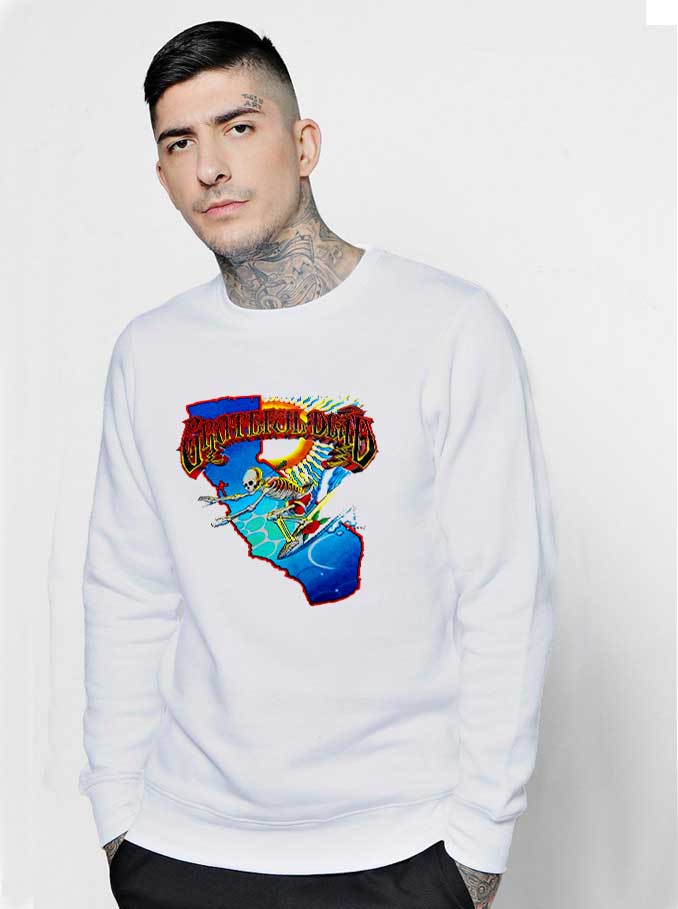Back in the earlier days of surfing everybody used to ride a longboard, and longboarders competed with different longboarders for waves. Rule #2 used to state that the primary person paddling for the wave owned it.
To create the feel of the wave, surfers even sneak into empty yard swimming swimming pools to ride in, often known as surfing skeleton shirt pool skating. Eventually, surfing made its way to the slopes with the invention of the Snurfer, later credited as the primary snowboard. Many other board sports have been invented over time, but all can trace their heritage back to surfing. Some folks follow surfing as a leisure activity while others make it the central focus of their lives. Surfing culture is most dominant in Hawaii and California as a result of these two states provide the most effective surfing situations.

In warmer climates, swimsuits, surf trunks or boardshorts are worn, and sometimes rash guards; in chilly water surfers can opt to put on wetsuits, boots, hoods, and gloves to guard them in opposition to decrease water temperatures. A newer introduction is a rash vest with a thin layer of titanium to provide most warmth with out compromising mobility.
Testament to this unimaginable rate of land reclamation is the wreck of 'Eduard Bohlen' (images 7 & 8) not removed from Skeleton Bay. In 1909 the unwell-fated cargo ship ran aground in thick fog on the Skeleton Coast. Now, over 100 years later, the shipwreck lies four hundred metres inland from the Atlantic Ocean and a few eight hundred metres from where waves currently break.
When the shortboard became popular within the Nineteen Seventies, longboarders had an unfair benefit as a result of their measurement and buoyancy allowed them to paddle and catch waves much earlier. Rule #2 was changed to state that it was the surfer closest to the peak of the wave, not the primary surfer standing, that had the right-of-way. Due to the constantly altering geomorphology around Skeleton Bay, numerous research have been conducted on the sandspit it lies along as a result of safety it offers to a harbour and town directly east. While offering surfers with a flawless wave it additionally acts as a buffer to persistent swells and winds moving up from the south.
In recent years, there have been advancements in know-how that have allowed surfers to pursue even bigger waves with added components of security. Big wave surfers are now experimenting with inflatable vests or coloured dye packs to help lower their odds of drowning. When the waves had been flat, surfers persevered with sidewalk surfing, which is now referred to as skateboarding. Sidewalk surfing has a similar feel to surfing and requires solely a paved highway or sidewalk.
However, waves could be discovered wherever there is shoreline, and a tight-knit yet far-reaching subculture of surfers has emerged all through America. Some historic markers of the culture included the woodie, the station wagon used to carry surfers' boards, as well as boardshorts, the long swim shorts sometimes worn while surfing. One being synthetic or stationary waves which simulate a moving, breaking wave by pumping a layer of water against a smooth structure mimicking the form of a breaking wave. Because of the speed of the speeding water the wave and the surfer can stay stationary while the water rushes by underneath the surfboard. Artificial waves of this type present the chance to try surfing and study its fundamentals in a reasonably small and controlled environment close to or far from places with natural surf.